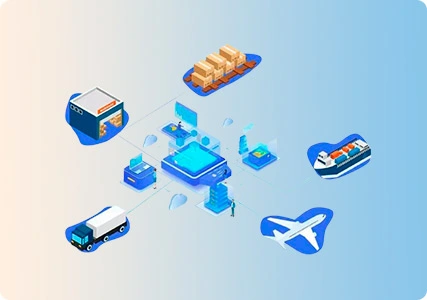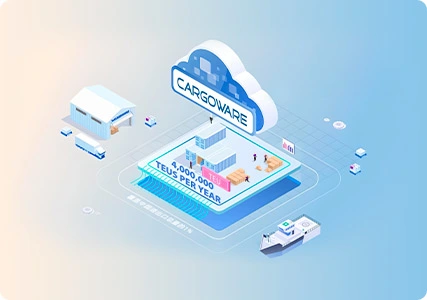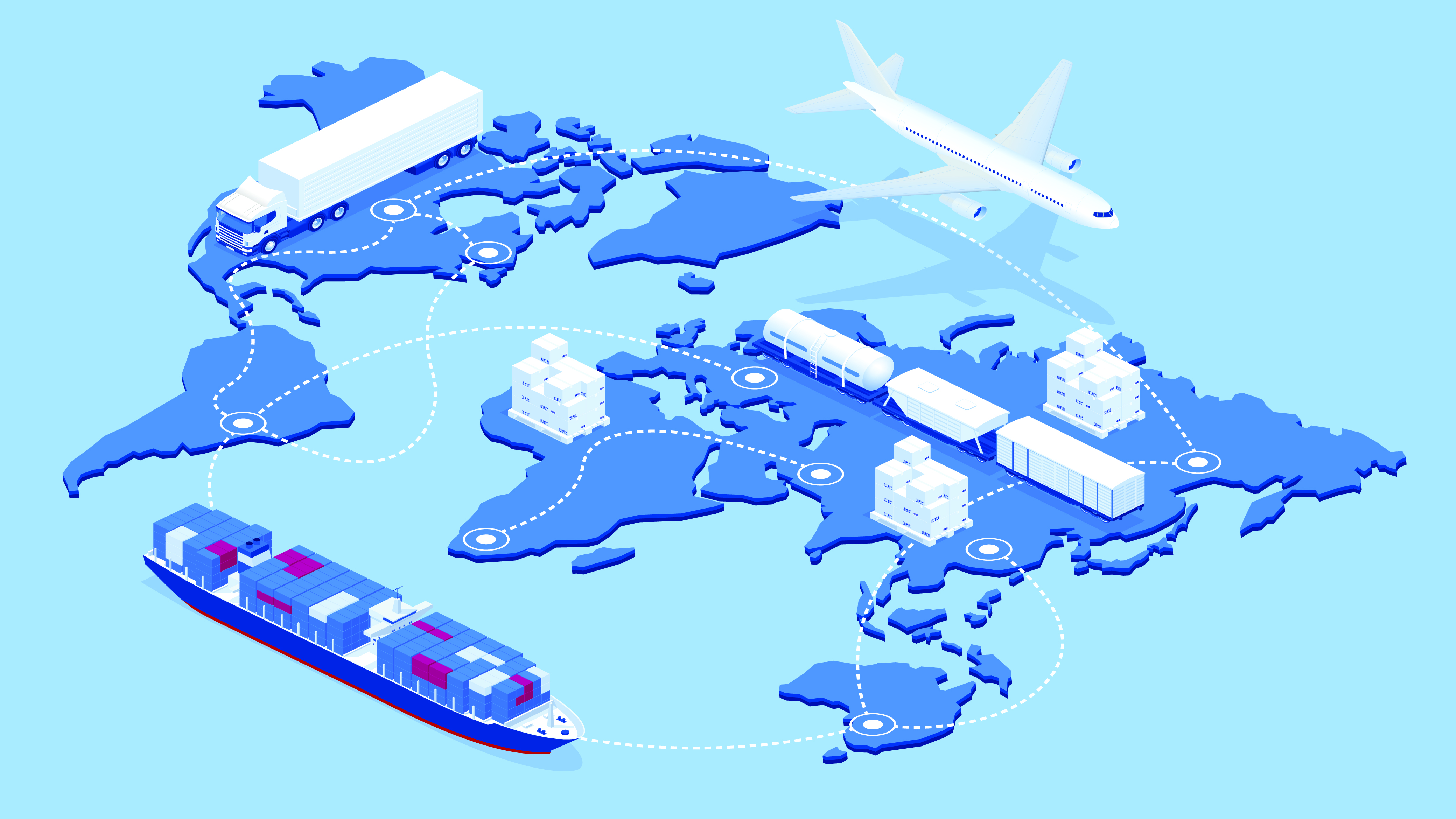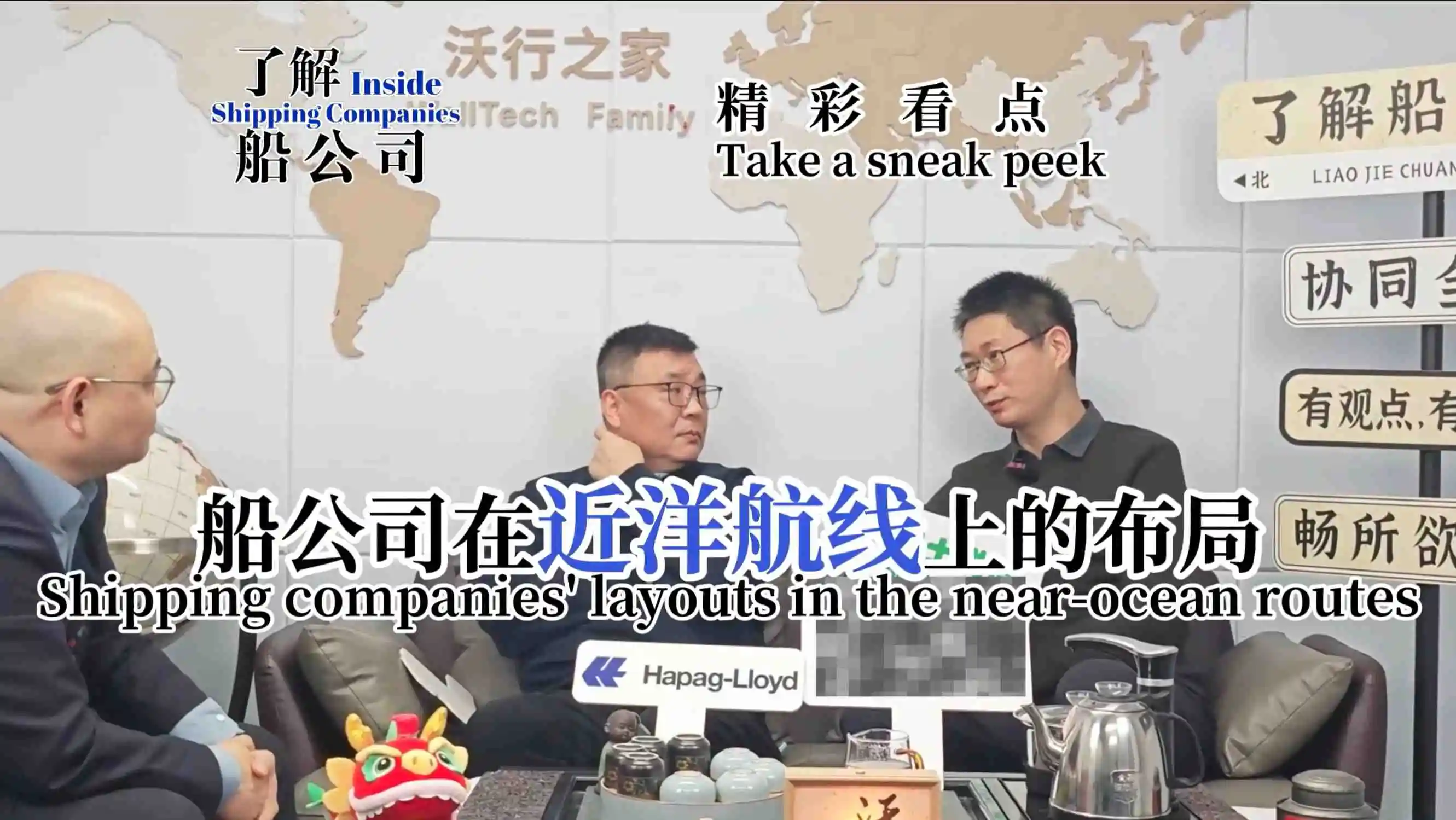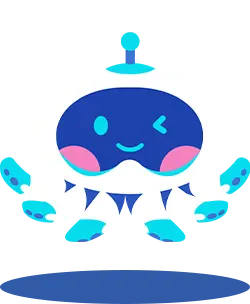Southeast Asian e-commerce has continued to heat up since the Regional Comprehensive Economic Partnership Agreement (RCEP) officially came into effect. Total e-commerce sales in Southeast Asia are expected to reach $89.67 billion in 2022, a year-on-year increase of 20.6%, which is the higher growth rate of the global region. It is expected that by 2025, the e-commerce market size in Southeast Asia will reach $234 billion. In Southeast Asian countries, in addition to Singapore, the share of e-commerce retailing relative to the Internet penetration rate is relatively low; compared with China's mature e-commerce market, Southeast Asia's e-commerce market has great potential.
For China's overseas cross-border e-commerce, the formal entry into force of RCEP further develops the Southeast Asian market. Under the background of RCEP, Southeast Asian countries have relaxed the scope of investment and attracted foreign investment into the country by giving tax incentives to projects. At the same time, the rapid growth of e-commerce platforms has led to the development of e-commerce infrastructure in Southeast Asia, including logistics and warehousing, thus opening up the international freight pattern and further driving the development of e-commerce into a virtuous cycle.
Although RCEP has brought wider market opportunities for Southeast Asian countries, in the process of adapting to the new trade environment and meeting the requirements of the agreement, these countries may need to deal with a series of logistics challenges.
Challenge 1: Southeast Asia's e-commerce logistics support shortcomings are obvious
Whether it is tariff reductions or trade facilitation measures, the essence is to eliminate trade barriers between the Agreement countries and reduce the cost of cross-border circulation of goods. For China's cross-border e-commerce, the signing of RCEP means that overseas trade and consumption demand will likely increase significantly, and the matching freight demand will also grow. However, logistics, transportation and warehousing costs are still an important factor constraining the operation and development of cross-border e-commerce enterprises. The uneven development of logistics infrastructure, uneven logistics service capacity, different customs clearance management processes, and other differences will likely lead to cross-border e-commerce enterprises with high logistics costs, slow logistics timeliness, and poor logistics service experience, which in turn will result in greater constraints on the profitability of cross-border e-commerce business.
At this stage, the local Southeast Asian e-commerce supporting shortcomings are obvious, and it is more difficult to meet the logistics service requirements of the two sides of the cross-border e-commerce goods export. In addition to Singapore, the logistics level of Southeast Asian countries as a whole is on the low side, and the logistics and distribution efficiency is poor, especially the last kilometer distribution is very inadequate. Southeast Asian countries have a complex and volatile geographic environment, and the distribution difficulty itself is high; for example, Indonesia, known as a country of 10,000 islands, the country consists of more than 17,000 islands of various sizes, and the distribution of consumers is extremely decentralized. The arrival of an item often needs to be transferred to a number of islands, and the distribution of goods transportation is extremely inconvenient. The degree of informatization in the local logistics industry is generally low, and the correlation between the logistics terminal agreement and the characteristics of the goods (weight, parcel size, distance, etc.) is relatively small. Hence, the overall delivery efficiency and quality of service are not good.
Challenge 2: Differential Customs and Trade Regulations
There may be differences in customs and trade protocols between different countries, which may increase the complexity of cross-border cargo transportation. Enterprises may need to invest more resources in complying with the various protocols to ensure that goods can pass through customs smoothly.
Challenge 3: Infrastructure needs
As trade volumes increase, more logistics infrastructure may be needed to support the movement of goods. This may include investments and improvements in ports, transportation networks, warehousing facilities,logistics management software and more.

